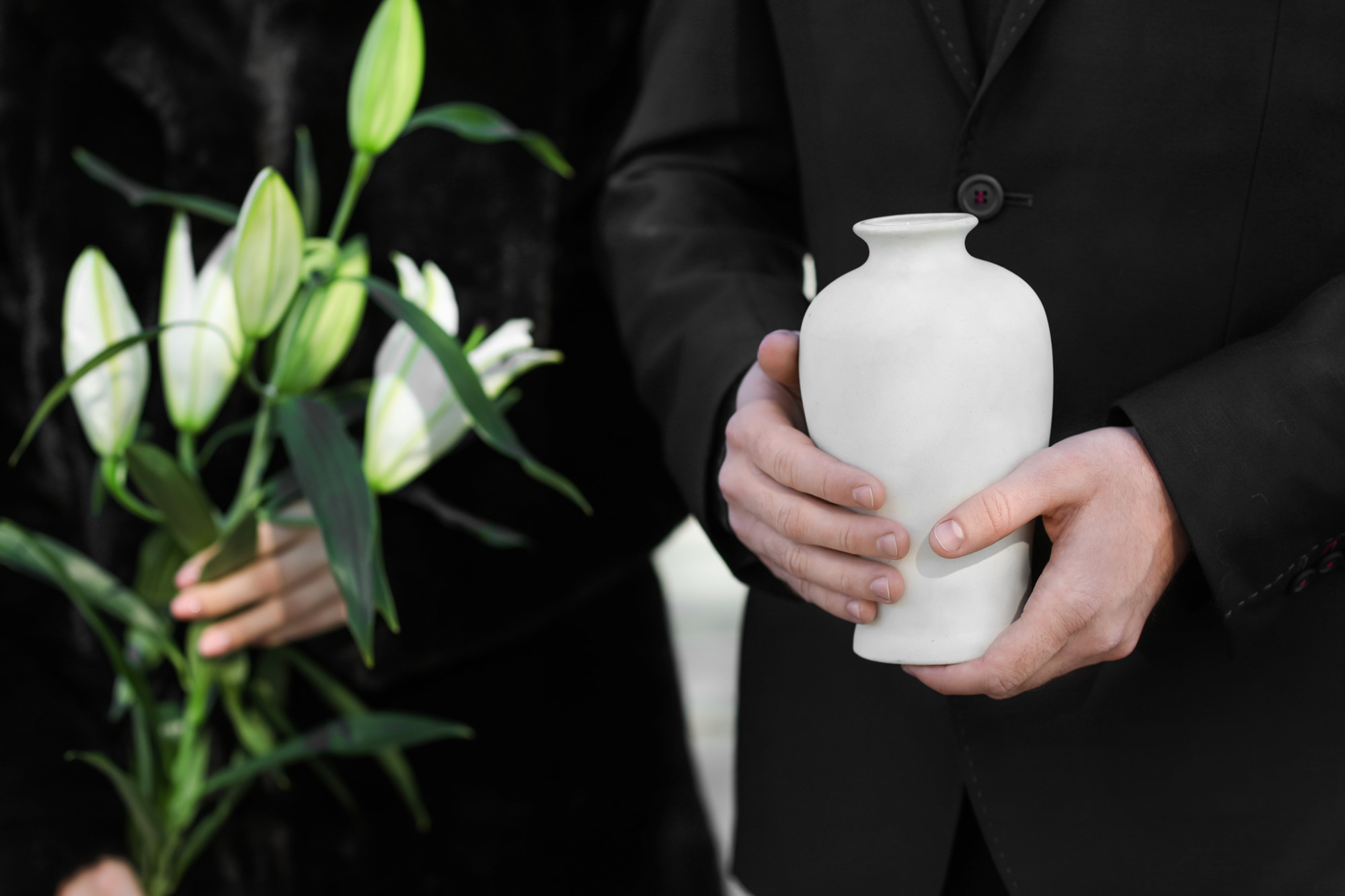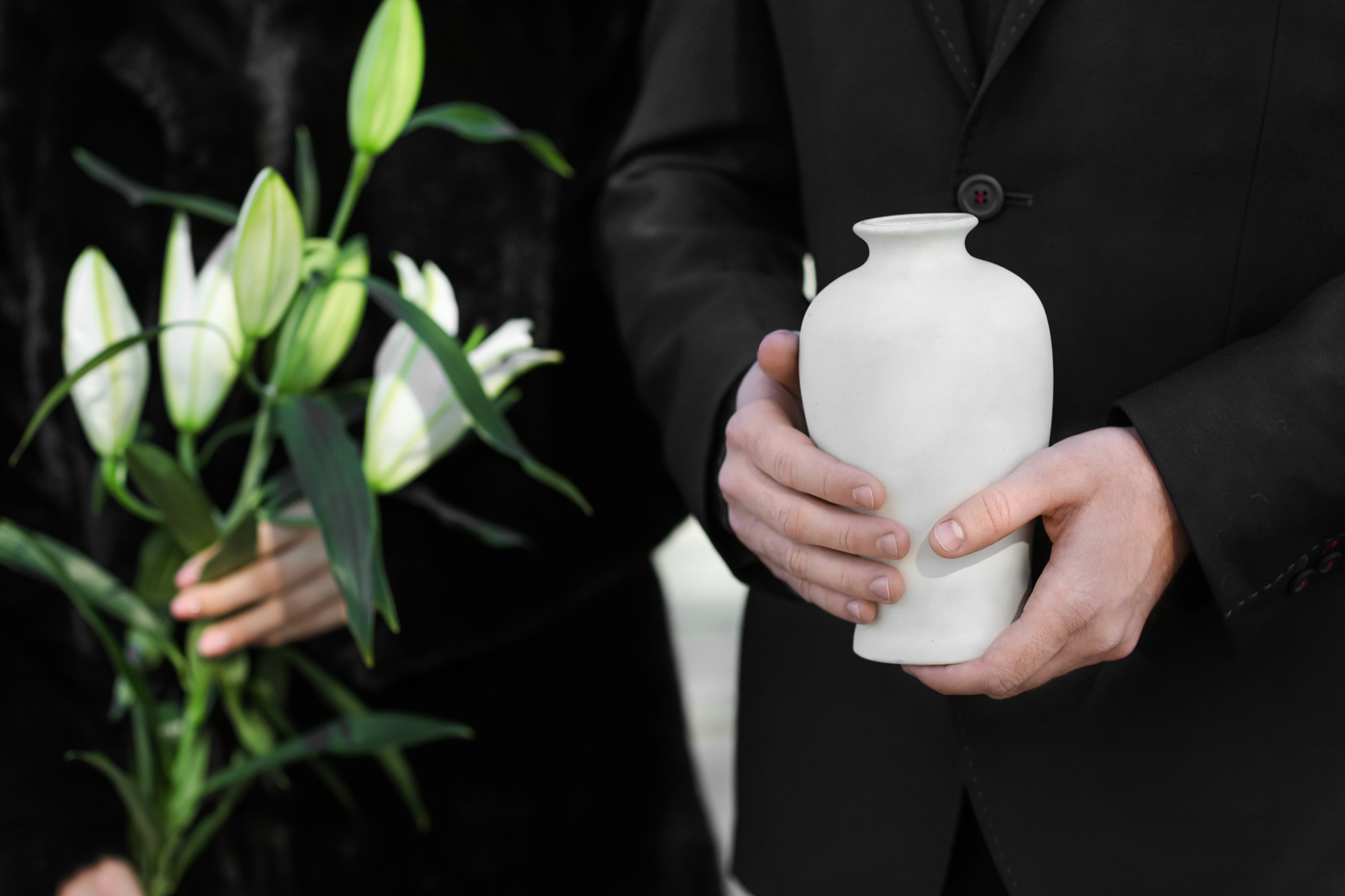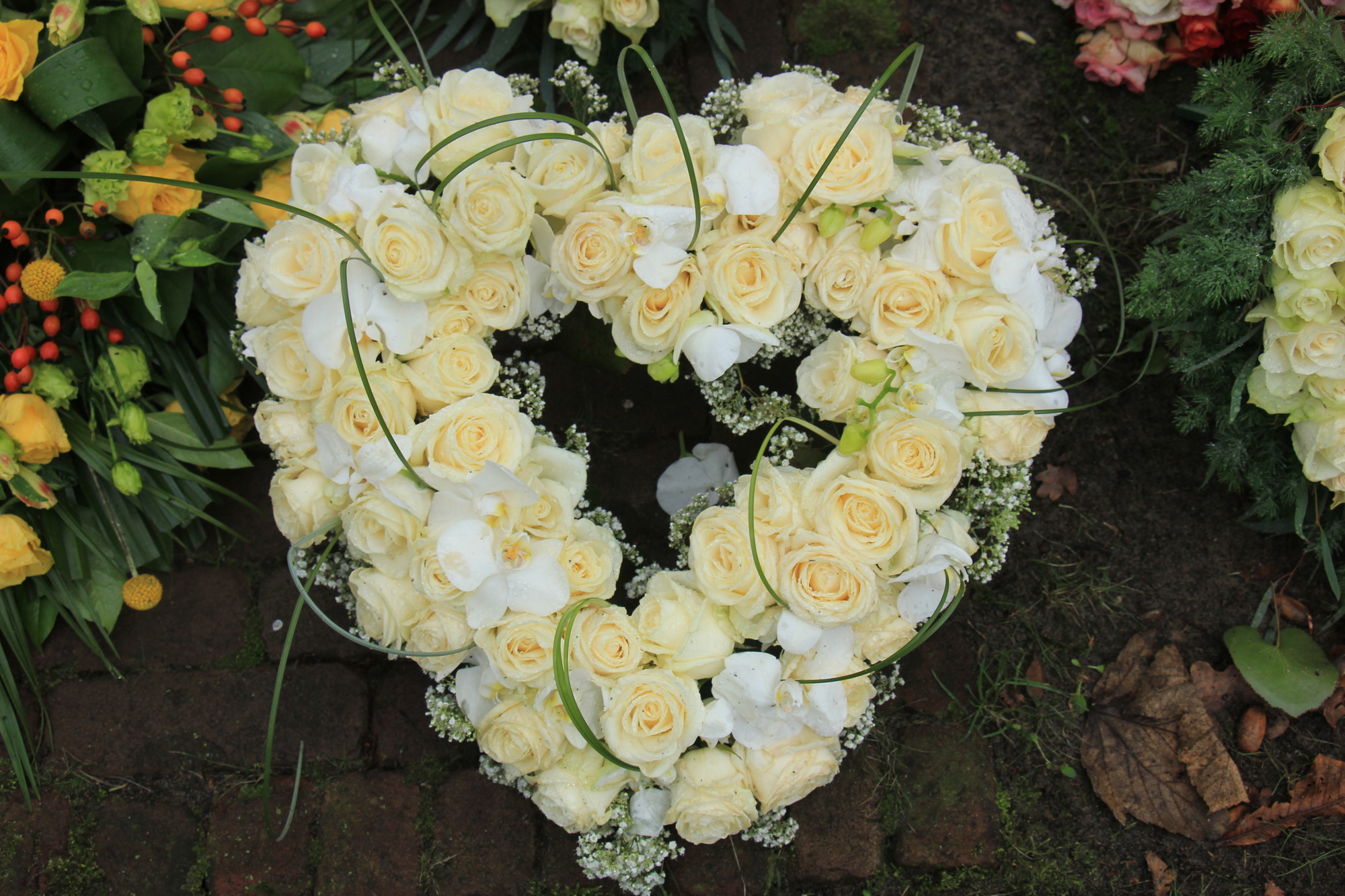With Dignity: Remembering a Loved One with a Memorial Urn

Losing a loved one is one of the most emotional life events a person can go through. The arrangements that must be made as you’re still reeling from your loss add to that emotional stress.
Choosing an urn to memorialize your loved one can be a tough decision in the face of grief. Below is our guide to making sure you choose just the right memorial urn for that special person who has passed on.
Types of Memorial Urn
You’ll find urns in all shapes, sizes, and materials, but there are some basic styles to choose from.
1. Keepsake. This style of urn is the one most commonly used to display ashes at home, and the style most people visualize when talking about urns. But you have some other options as well.
2. Photo. These urns are boxes that allow a photo of your departed loved one to be displayed with their ashes.
3. Companion. These urns are meant to house two sets of ashes, for instance, the ashes of a couple who expressed a desire to be together even after death.
4. Infant. As the name implies, these are smaller sized urns meant to house the remains of an infant or toddler. These urns can be a great comfort to parents who are faced with the nightmare of saying goodbye to their children.
5. Veteran. These are specially designed to pay homage to a loved one’s time in the armed services.
6. Religious. These are done with specific religious motifs that show the departed’s beliefs.
7. Theme. These urns are created to pay respect to hobbies, achievements, or even a job the deceased person was noted for or loved.
8. Pet. More people are choosing to cremate and keep the remains of their beloved pets who have passed on. There are smaller urns designed specifically for pets, many with a pet theme that will help you remember your furry family member.
What Will the Urn Be Used For?
Once you’ve decided on the style of cremation urns you’d prefer, you need to choose how the urn will be used. People choose all sorts of internment options for ashes, and different urns have been created to help achieve these end goals.
1. Displaying the urn at home. This is a popular option, with family members choosing to keep the remains of their loved one close to them. In this case, almost any kind of urn can be used. The style and size are determined largely on personal preference, and the area of the home it is to be displayed. Sometimes, people who know their death is impending will even choose their own style of urn.
2. Scattering the ashes. There are urns available for this purpose that feature special tops with openings conducive to scattering ashes. They come in a variety of attractive styles, so the urn can be displayed for however long is necessary before the scattering is to take place. These urns can also be kept afterward, as a keepsake.
3. Burial of the urn. Biodegradable urns are now available for people who choose a land or water burial for the ashes of their loved one. Urns designed for water internment will quickly sink and dissolve, allowing the ashes to dissipate into the water. Urns for land burial will break down over time, allowing the ashes to become part of the earth in time. Cemeteries may have requirements about the size and type of urn that may be buried, so check before purchasing.
4. Columbarium niche. A columbarium niche is a space in an interior or exterior wall designed to hold the urn. Size is a factor that must be considered in this case, as the urn must be sized to fit into the desired niche.
5. Sharing remains among family members. Sometimes, families choose to allow multiple members of the family to share the ashes of their deceased loved one. In this case, smaller keepsake urns are available to separate the ashes. You can also choose to purchase cremation jewelry, which will keep a part of that person close to you at all times.
Other Factors to Consider
If you plan on traveling with your loved one’s remains, you’ll need to ensure you don’t run into issues with TSA trying to take ashes onto a plane.
Don’t choose a metal urn or one that has metal details that could set off security alarms. There are actually specially made fabric urns that allow scanning devices to easily see what the package holds while still attractively displaying the remains. Check the TSA website to see their latest guidelines and help you make your decision.
Further, consider how long you’re holding onto the ashes when making your purchase. Most temporary urns will not fit inside a permanent one, so if your plan is to display the ashes until a time when they will be scattered, consider purchasing two urns.
You can transfer the remains from the permanent urn to a temporary one when the time comes to scatter the ashes. If you’re uncomfortable transferring the remains yourself, you can contact the funeral home you worked with for assistance.
What Size of Urn do You Need?
As a general rule, one pound of bodyweight needs one cubic inch of space. Most urns are sized to hold a person 200 pounds or under.
If you need an urn for a larger-sized person, you’ll want to ask about urns designed to hold a larger bag of ashes.
Likewise, if you’re cremating a younger child or a pet, choose a smaller, more appropriately sized urn to house the remains.
Choosing the Right Memorial Urn for Your Loved One
Many times people who are aware of impending death, such as those with a fatal illness, choose to have a say in the kind of memorial urn they’d like.
If you’re facing this decision, however, know you have many options, with use and size being the main determining factors of limitation. While there are many options, both in style and functionality, regarding the type of urn you can choose to be the final resting place of your loved one, you will know the right one when you see it.
And for other helpful articles, please see the rest of our blog.

